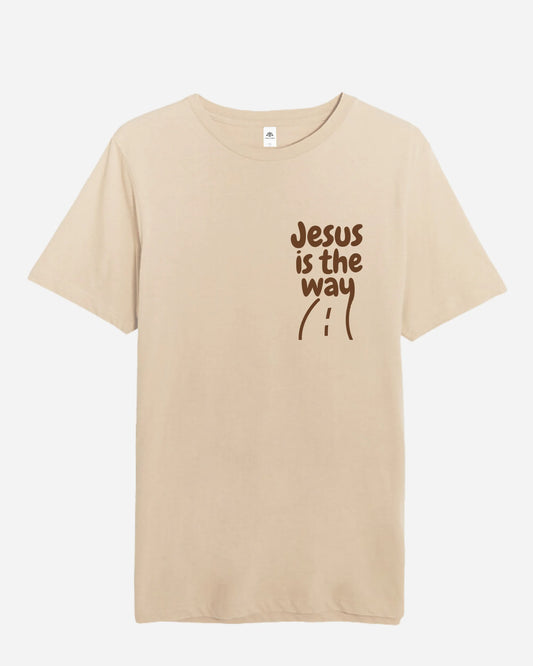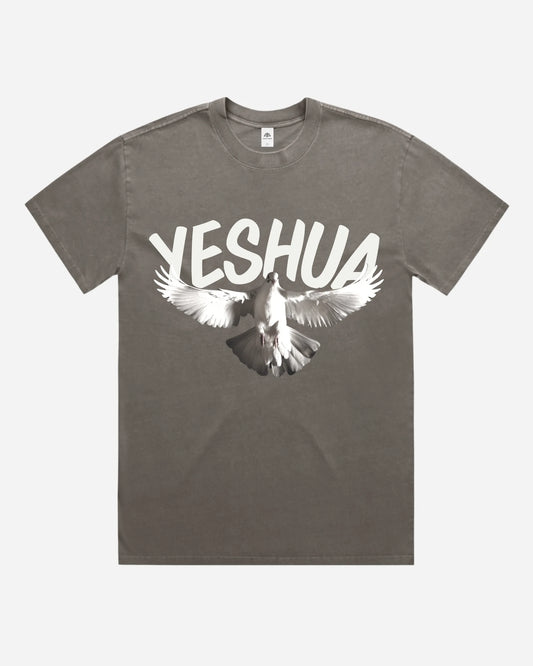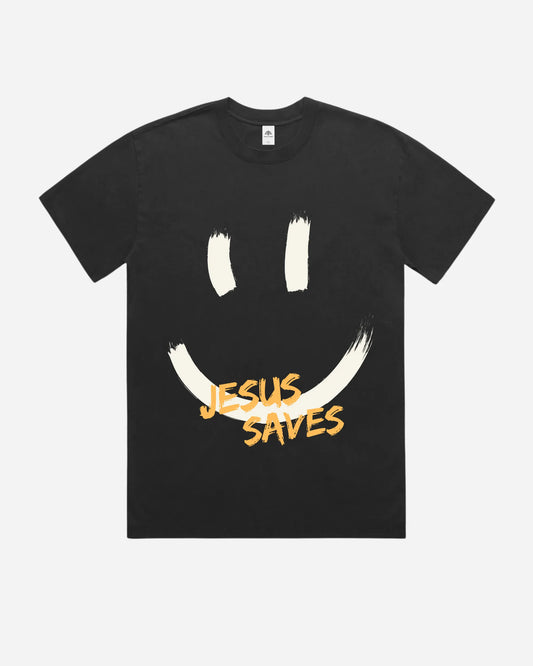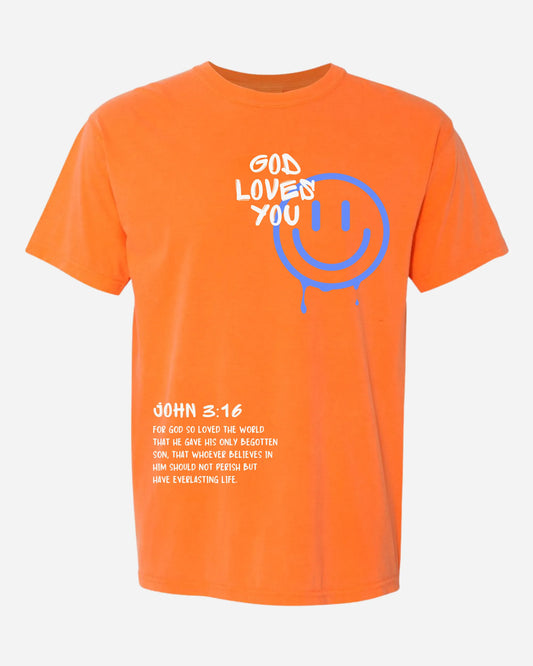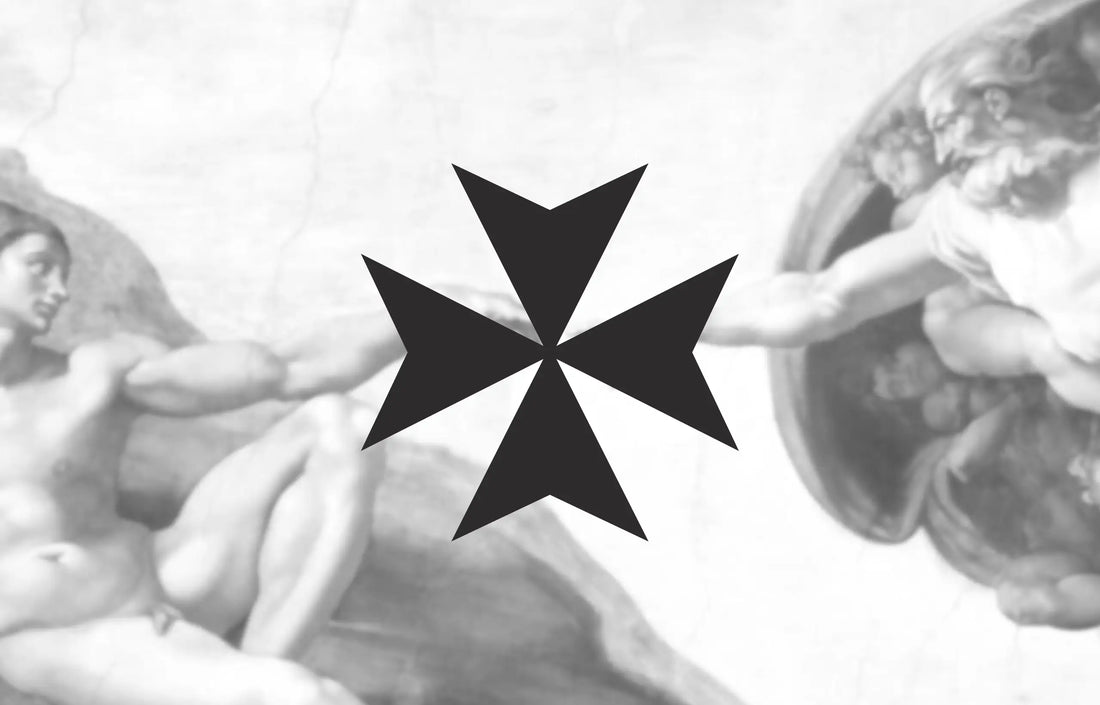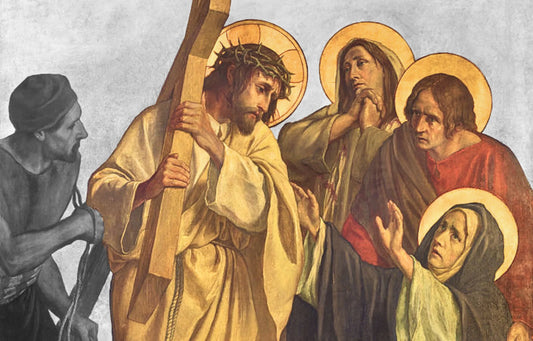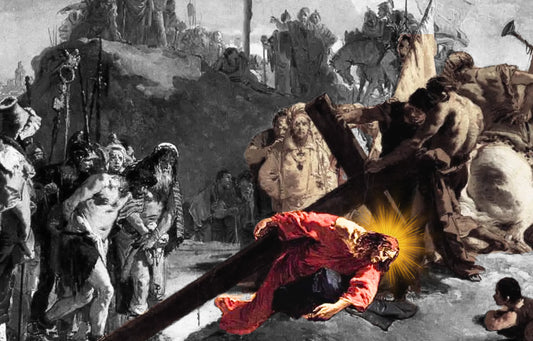The Maltese Cross—also known as the Cross of St. John or the Cross of Amalfi—is an eight-pointed emblem with deep historical roots. It originated in the 11th century and was famously worn by the Knights Hospitaller during the Crusades. Over time, it became the official symbol of the Order of St. John, and later the Sovereign Military Order of Malta.
The design features four V-shaped arms converging at a central point, creating eight distinct points. These points traditionally represent the eight virtues of knightly honor—such as loyalty, bravery, and compassion.

Far more than just a decorative motif, the Maltese Cross stands for courage, protection, and service. It remains globally recognized in modern insignias—especially among fire departments, military units, and emergency services—symbolizing valor and self-sacrifice across centuries.
Cross Of Malta Historical Origins
Early Christian and Byzantine Roots
While often viewed purely as a Western Christian symbol, the shape of the Maltese Cross likely drew from Byzantine crosses and Islamic geometric motifs, reflecting the cultural melting pot of the Crusader states. Its symmetrical form mirrors certain Eastern cross shapes used in Syria and Armenia.
Art Historian Michael Camille notes in Image on the Edge (1992) that Christian symbols during the Crusades often incorporated Islamic and Eastern stylistic traits, especially in the Holy Land.
Crusader Roots
The Maltese Cross emerged during the Crusades of the 11th and 12th centuries, specifically tied to the Knights Hospitaller, a Catholic military order founded in c. 1099 in Jerusalem. Their original mission was to care for sick and poor pilgrims in the Holy Land. As the Crusader states grew increasingly militarized, so did the order’s role.

By the early 12th century, the order adopted the eight-pointed cross as their emblem. It was first seen carved on tombs and worn on black robes, denoting both service and military allegiance to Christ.
Primary Source Reference: Cartulaire général de l’Ordre des Hospitaliers, edited by Joseph Delaville Le Roulx (Paris, 1894–1906), contains numerous 12th-century references to the use of crosses in Hospitaller seals and vestments.
Spread Through European Chivalry
This Christian cross gained popularity among other knightly and chivalric orders, including the Order of Saint Stephen (Tuscany, founded in 1561) and the Order of Saint Lazarus. It also appeared on ships, armor, and coins throughout the Mediterranean.
Components of the Eight Pointed Cross
The eight points of the Maltese Cross are traditionally understood to represent eight virtues that the Knights Hospitaller vowed to uphold:

- Loyalty
- Piety
- Generosity
- Bravery
- Glory and honor
- Contempt of death
- Helpfulness towards the poor and sick
- Respect for the Church
Theological Interpretations
From a theological standpoint, these virtues mirror Pauline and Petrine ethics (cf. Romans 12:9–21; 1 Peter 4:8–11). The eight points also align with the Beatitudes from the Sermon on the Mount (Matthew 5:3–10).
Eastern vs. Western Views
Western Catholic tradition emphasized the knightly code of chivalry. In contrast, Eastern Orthodoxy saw the eight points as symbolizing spiritual regeneration and the eighth day of creation—Sunday as the day of resurrection and new life.
Geometric Precision
The Maltese Cross reflects a deep concern for mathematical symmetry. Art historians note that its four arrow-like arms and negative-space cross evoke a “rotational balance,” symbolizing divine order. Its form also makes it highly recognizable and easy to replicate in stone, metal, or fabric—important in medieval iconography.
Association with Malta
In 1530, Emperor Charles V granted the island of Malta to the Order of St. John after their expulsion from Rhodes. The eight-pointed cross became visually and politically synonymous with the island itself. During their time in Malta (1530–1798), the Knights fortified the island and repelled the Ottoman siege of 1565, an event that cemented the symbol in Western military lore.
The cross became known as the Maltese Cross during this period. Today, it's part of the national identity of Malta, appearing on the country's euro coins and government emblems.
UNESCO Note: Valletta, Malta's capital—established by the Knights in 1566—is a World Heritage Site, with architecture and iconography showcasing the Maltese Cross prominently.
Maltese Cross and Firefighters
The Maltese Cross has been widely adopted by fire departments, especially in the United States. This tradition stems from the heroism of the Knights during the Siege of Malta, where they reportedly risked their lives to extinguish fires from incendiary weapons. The symbol became associated with bravery and self-sacrifice in service to others.
In modern U.S. fire service, the cross represents courage, honor, and dedication, often placed on helmets, uniforms, and department logos.
Where the Maltese Cross Is Used Today
The Maltese Cross still thrives across the globe, proudly embedded in symbols of service, honor, and heritage. Here’s where you’ll spot it today:

Religious and Chivalric Orders
- Sovereign Military Order of Malta (Catholic) – Active in 120+ countries offering humanitarian relief and medical services.
- Venerable Order of St. John (Anglican) – Manages ambulance and medical services across over 40 countries.
- Order of Saints Maurice and Lazarus (Catholic) – This Italian order, descended from medieval roots, features a distinctive tilted Maltese Cross.
- Order of Saint Stephen (Catholic) – A 16th-century Tuscan order of knighthood, still associated with heraldic use.
- Order of Saint Lazarus – A modern ecumenical order, originally known for its focus on leprosy care.
Military and National Honors
- Australia – The Distinguished Service Cross and Conspicuous Service Cross both adapt the Maltese Cross in design, symbolizing valor and dedication.
- Germany – The famed Pour le Mérite, Imperial Germany’s top military award, used a blue eight-pointed cross with golden eagles.
- Bulgaria – The Order of Bravery includes a stylized Maltese Cross as its highest military decoration.
- Poland – High honors like the Virtuti Militari and Order of the White Eagle incorporate the cross in varied forms.
- Austria, Belgium, and Sweden – Several royal and state decorations across these countries base their structure on the eight-pointed cross.
- India – The Garhwal and Rajputana Rifles, as well as the Kolkata Police, use versions of the Maltese Cross in insignia.
- Philippines – Top national honors such as the Quezon Service Cross and the Order of the Golden Heart include the eight-pointed motif.
- United Kingdom – The cross features in military regimental badges, including the Bermuda Regiment and Gurkha Rifles.
Fire, Medical, and Emergency Services
- United States – Over 30,000 fire departments display the Maltese Cross on uniforms, trucks, and station signage.
- Canada & Australia – Paramedic, fire, and ambulance services often incorporate the cross, notably in Queensland and Victoria.
- Portugal – The Bombeiros da Cruz de Malta in Lisbon—founded by members of the Order of Malta—carry it on their uniforms and badges.
- Germany – Both Catholic (Malteser Hilfsdienst) and Protestant (Johanniter-Unfall-Hilfe) ambulance services use the cross.
- St John Ambulance (Global) – An iconic user of the cross, appearing in logos across branches from the UK to New Zealand.
Heraldry and Civic Symbols
- Italy – The Naval Jack features an eight-pointed “Amalfi Cross” representing one of the historic maritime republics.
- France, Spain, Portugal, and Czech Republic – Many towns and cities feature the cross on flags or coats of arms, linking back to Hospitaller influence.
- Sweden and the Netherlands – Municipalities like Mönsterås and Montfoort preserve the design in local heraldry.
- Malta – The cross appears on the national flag, currency, and air force insignia.
- Croatia – Towns like Ivanec display it as a legacy of the Knights of Saint John.
- London Borough of Hackney and Jersey (UK) – The cross appears in civic heraldry and parish symbols.
Architecture, Art, and Design
- Jewelry – From religious medallions to modern designer pieces, the cross remains a favorite in symbolic wear.
- Architecture – Etched into churches, tombstones, and altars throughout Europe and Latin America.
- Logos and Branding – Its bold geometry and heritage value make it a popular motif in corporate and institutional design.
- Watches – Swiss watchmaker Vacheron Constantin uses it as its official logo, a nod to heritage and precision.
Aviation and Maritime Use
- Helipads (U.S.) – A blurred-rotor variant of the Maltese Cross was once the FAA standard for heliports—some still bear the mark.
- FAA Approach Charts – An eight-pointed cross marks the final approach fix on aeronautical charts.
- Shipping – The American Bureau of Shipping uses the cross to certify vessels built under its direct survey.
Education, Clubs, and Miscellaneous
- Fraternities & Schools – The cross appears in the crests of Yale University School of Nursing, Methodist College Belfast, and Phi Kappa Sigma.
- Military Clubs – VFW (Veterans of Foreign Wars) and Masonic orders like the Knights Templar (York Rite) feature the cross prominently.
- Sports Clubs – Neath RFC (Wales), Drummoyne Rowing Club (Australia), and St Mark's FC (early Manchester City) carry it in their emblems.
- Philippines – The school seal of Colegio de San Juan de Letran bears the cross, reflecting ties to the Order of Malta.
Closing Thoughts: Enduring Symbol of Faith and Service
The Maltese Cross is more than a geometric figure. It encapsulates centuries of Christian devotion, military sacrifice, and humanitarian aid. From 11th-century Jerusalem to modern EMT services, its presence endures across continents and causes. Its eight points continue to point us toward values that transcend eras: courage, faith, service, and truth.


